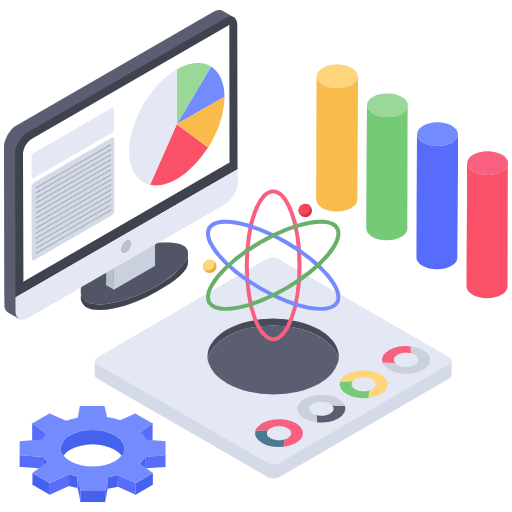Rootfact's GIS for Spatial Data Analysis

When it comes to weather, understanding how atmospheric conditions interact with geographical locations is the key. Through this technology, GIS has revolutionized weather industry by making it possible to visualize and analyze meteorological data within a spatial context. Rootfacts Company is one of the leading providers of weather technology solutions which leverages on GIS to give users location specific weather insights.
This extensive guide explores how GIS integrates with weather data at Rootfacts, its applications and significance as well as how it empowers users when it comes to making decisions about their peculiar interaction between location and climate.
Geographic Information Systems (GIS) in the Weather Industry by Rootfacts Company
Bridging the Gap: Understanding GIS and Weather Data
Geographic Information Systems (GIS) are computer packages that capture, store, process, manage, display and output geographic information. This information consists a variety of components such as:
Spatial Data
his refers to the position and shape of features on the earth’s surface like rivers, points for weather stations and city polygons boundary.
Attribute Data
It provides additional description about spatial data such as temperature precipitation and wind speed for example may form part of weather station data.
On the other hand, air measurements include temperature precipitation wind speed humidity and atmospheric pressure among others. Traditionally analyzed in isolation from other parameters but through GIS they can be put into geographical content alongside other weather conditions enabling visualization.
Unlocking Insights with Rootfacts GIS-Enabled Weather Solutions
Rootfacts seamlessly incorporates this technology into their meteorological dissemination systems giving users powerful functionalities such as:
Spatial Visualization
Geospatial Analysis
Proximity Analysis
Dynamic Mapping
Targeted Weather Alerts
Rootfacts GIS-Powered Solutions: Applications across Industries
With the integration of GIS and meteorology data, Rootfacts facilitates decision making process for various sectors:
Disaster Management
GIS for solar and wind energy.
Urban Planning
Secure cities from extreme weather like flood or heat wave through GIS based data about climate. It is necessary to create these efficient storm drainage systems to reduce the urban heat island effect, and locate parks strategically.
Looking Forward: The Future of GIS and Weather
The use of GIS in weather forecasts is an ever-changing field. In order to maintain our position as thought leaders, Rootfacts will continue to seek ways that include:
Real Time Sensor Integration
This includes incorporating real-time sensing devices for gathering atmospheric information in specific regions within a GIS platform so that it becomes more dynamic and detailed when viewing weather conditions.

Advanced Modelling and Machine Learning
An advanced modelling approach such as machine learning can be employed within the GIS platform to identify meteorological patterns in predicting future weather events as well as assessing risks with greater accuracy.

3D Visualization Tools
In addition, developing three-dimensional visualization capabilities in the GIS platform will make it easier for users to perceive the way in which various weather phenomena may affect them on earth’s surface specifically applicable for aviation and disaster management applications.



